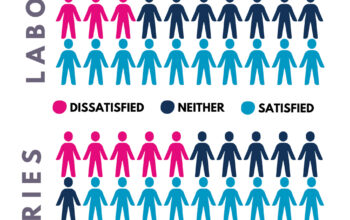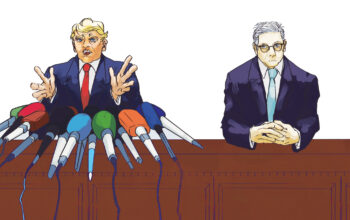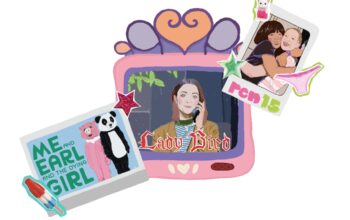This year, in the midst of COVID chaos, many parents are having to make the difficult decision to switch their struggling kids from public schools to private schools. Seattle Public Schools is one of the many public school districts that has received an underwhelming amount of funding from the government this year, even with the pandemic sweeping the nation. Private schools with far more funding and support have a greater ability to keep the risk of the outbreak to a minimum, far lower than their public counterparts, who risk a large amount with in-person learning.
Around ninety percent of America’s youth population is enrolled in public schools. And yet, they face large inequities when it comes to pandemic learning. Public schools in the United States often are old structures, lined with petite classrooms and narrow hallways, and far too small to fit the number of students pouring in each year.
About half the public schools in the US are re-opening to full in-person learning this year, and yet 41% of schools, many of which are in districts with high rates of poverty, are doing online learning, according to the Center on Reinventing Public Education. And for the students that so desperately need the help, they will not be receiving it this year. With smaller average class sizes, students from private schools are given far more flexibility and more individual help.
To lower the level of risk in schools that do reopen, according to the CDC, schools can clean and thoroughly disinfect areas that were touched and handled, as well as areas that were not. To afford supplies and continuous amounts of cleaning equipment, schools would need far more funding than what they are receiving now.
The CDC’s Public School guidelines have four main considerations: promoting behaviors that reduce COVID-19’s spread, maintaining healthy environments, maintaining healthy operations, and preparing for when someone gets sick. Those that meet the criteria, which is difficult to do, are able to move to in-person learning. Ultimately, school officials decide whether or not they meet the standard, and “their capacity to implement appropriate mitigation measures” in order to protect their schools, and those inside.
State Superintendent of Education Chris Reykdal says that the state has seen a “three percent on average [drop in enrollment],” and that “one third of all that is kindergarten,” as of October 12th. “Now what we don’t know, from our data site, is whether those students are in homeschool programs, or private schools,” says Reykdal.
“It takes us a long time to catch up with that data because there aren’t mandatory recording requirements from the private or homeschool community,” Reykdal says. “I think the bigger challenge is getting to really know where the 2% of students are, who are currently in 1-12 grade, and making sure they landed in a safe and healthy learning environment.”
In Seattle, 70,000 students are enrolled in K-12 and 15,000 of them are in private school. That makes 22% of students enrolled in private school, whereas the national average is 10%. The COVID pandemic may increase that percentage enrolled in private schools.
For those who can afford it, it would make sense as to why parents have chosen to move their kids to a safer environment in a pandemic. Putting more people at risk by going to in-person classes at a public school can come with a cost. So, the question boils down to: risk it to have an education, or pay to have an education? Either way there will be sacrifices.


